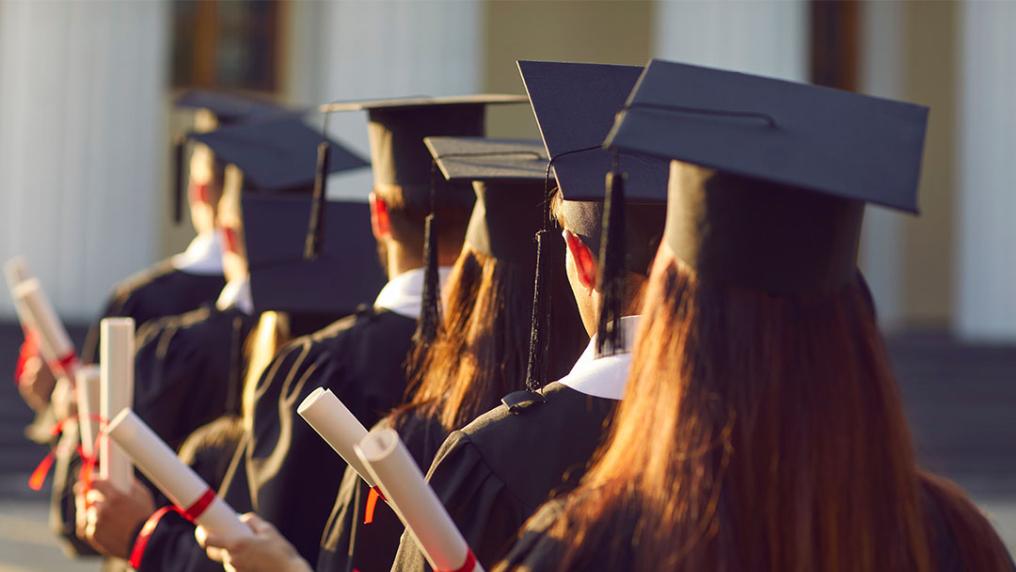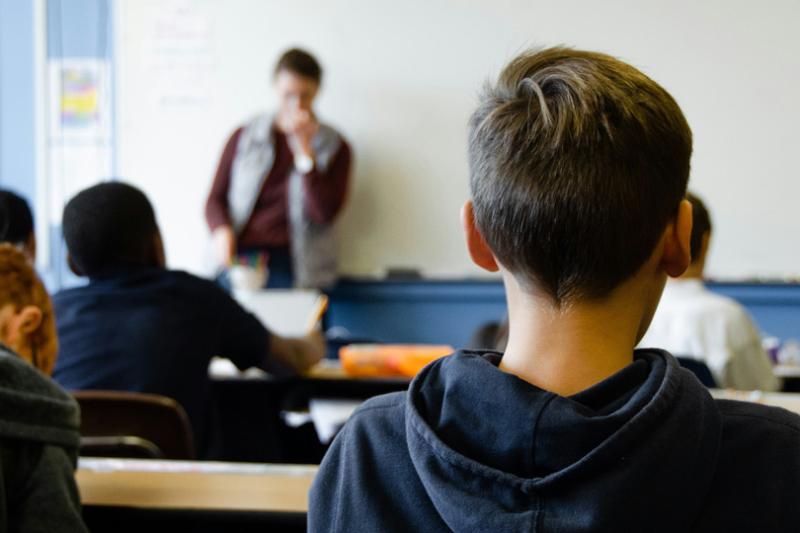Higher education pain points in this election

New research from Victoria University’s Mitchell Institute reveals around 16,000 Australians in every electorate has a HECS-HELP debt – with so many impacted by Labor’s commitment to cutting an average of $5,000 of debt, could this policy encourage swings in marginal seats?
The findings are part of the Mitchell Institute’s election brief series that summarises the biggest issues in the education sector in the lead up to the 2025 election.
The Tertiary Education: Election 2025 Brief shows how cost-of-living, housing and migration issues are set to dominate the tertiary education landscape in the upcoming election.
The Coalition has said it will oppose the ‘unfair’ student debt cut and instead take an ‘Australian students must come first’ approach that favours regional institutions it describes as ‘decimated’ under the Labor Government. While Labor’s commitment to fairness is about reducing student debt and focussing on equity and access.
The research mapped student loan debt in every electorate and found inner city electorates like Melbourne (Adam Bandt, Greens), Brisbane (Steven Bates, Greens) and Sydney (Tanya Plibersek, ALP) are set to gain the most. But the research also found that student debt is scattered across the country, with an average of 16,000 people with student debt per electorate.
The Mitchell Institute Election Brief shows the problem facing whoever wins the election. It is taking longer for university graduates to pay off their debt, from an average of 7.3 years in 2006 to 9.9 years in 2024. At the same time, a university degree doesn’t buy you what it used to. Using census data, the research shows that in 2006, 35- to 40-year-olds with a bachelor’s degree could expect to earn 45 per cent more than the full-time median wage for their age group. By 2021, this had dropped to 19 per cent.
“Unlike the previous election, there are substantial differences between the major parties. The biggest issues playing out in the tertiary education sector are downstream from other political flashpoints, especially cost-of-living and migration,” the Mitchell Institute’s Dr Melinda Hildebrandt said.
The election brief also makes key findings about international education, migration numbers and the impact of the Coalition’s late-breaking caps policy on large public universities . The Opposition’s ‘hardline’ stance on international numbers has ensured that it remains a key election issue. But the latest data suggests the Australian Government may have already brought the increase in international student numbers back to pre-pandemic levels. International arrivals and departures information, and student visa grant rates suggest Labor’s ‘go slow’ approach of delaying the processing of visas applications is having the desired effect.
| Year | 2015 | 2016 | 2017 | 2018 | 2019 | 2020 | 2021 | 2022 | 2023 | 2024 |
|---|---|---|---|---|---|---|---|---|---|---|
| Total student visas granted | 260,810 | 284,481 | 314,568 | 346,207 | 365,467 | 220,975 | 173,692 | 396,051 | 425,177 | 322,360 |
| Higher education | 132,217 | 145,962 | 161,527 | 181,583 | 192,602 | 123,344 | 105,441 | 204,481 | 241,544 | 209,060 |
| Vocational sector | 54,991 | 63,895 | 67,818 | 85,792 | 91,275 | 68,987 | 55,479 | 109,446 | 89,226 | 45,371 |
Number of primary international student visas granted by calendar year. Source: Mitchell Institute’s Tertiary Education: Election 2025 Brief
Both major parties are proposing changes that require some form of legislative change to implement. This means that whoever wins the election, not only will legislative reform be needed, debates about how to manage the lucrative $51 billion industry will continue.
"Tertiary education needs greater attention from all sides of politics to create a sustainable sector that ensures equitable access, long-term funding stability, and the capacity to meet future workforce and societal needs,” Dr Hildebrandt said.



